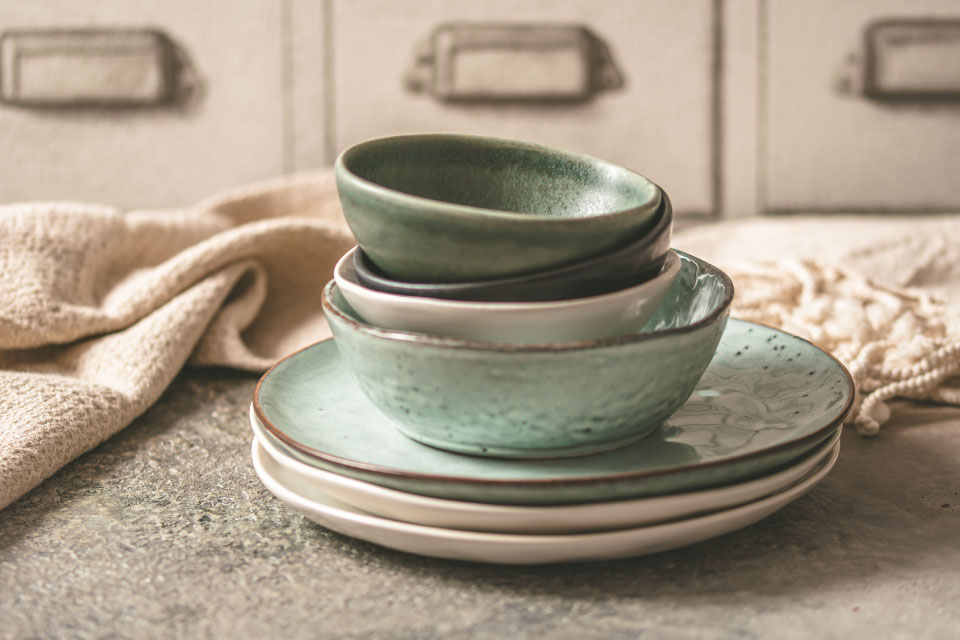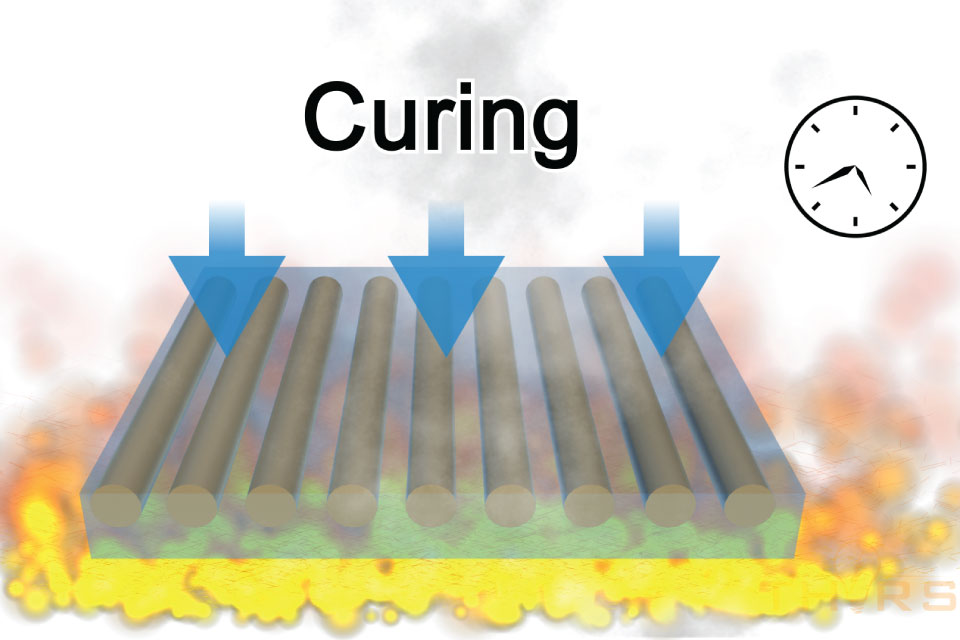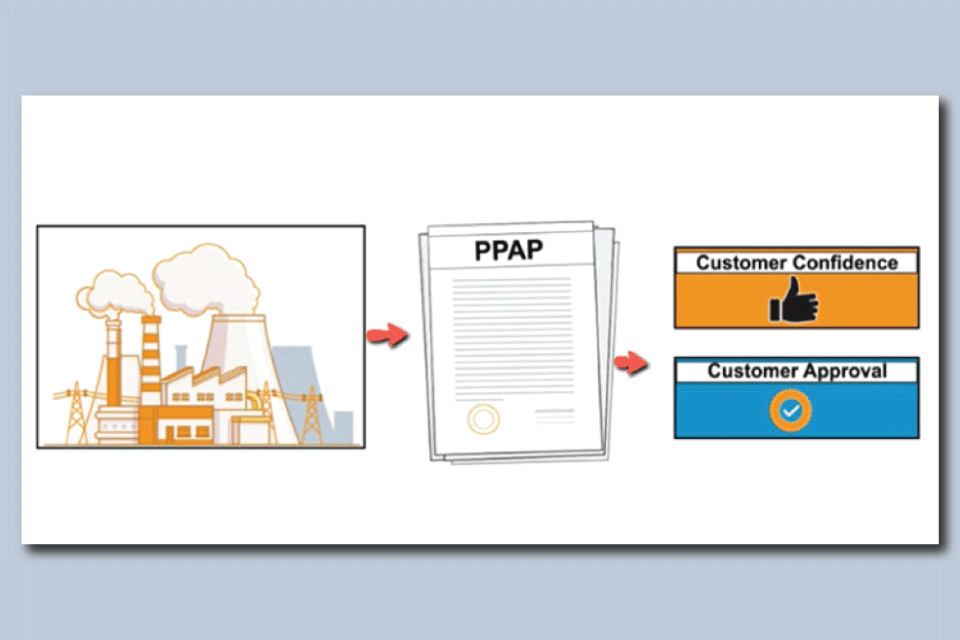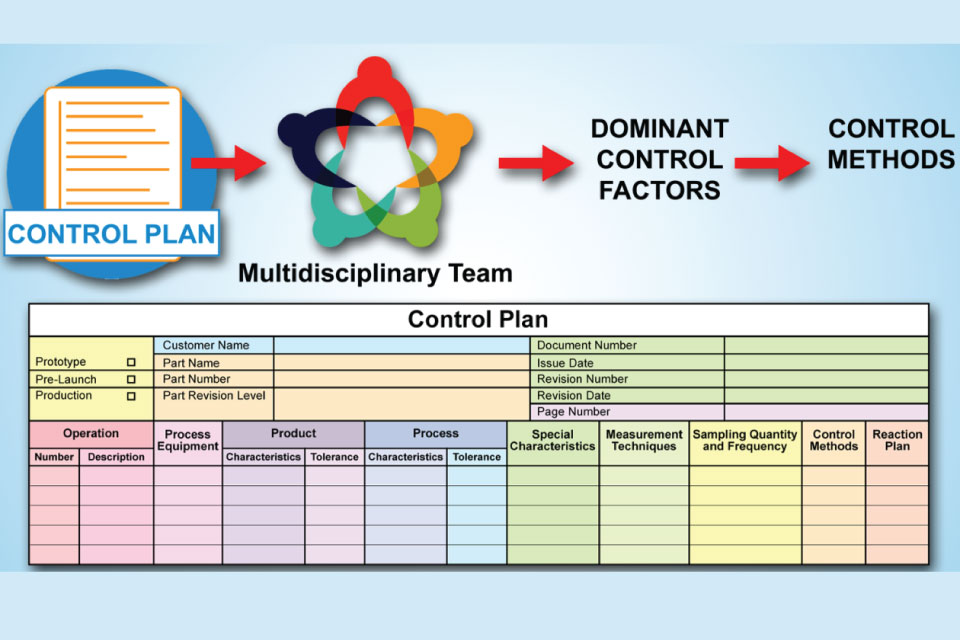In the ever-evolving landscape of technology, Artificial Intelligence (AI) is proving to be a transformative force even in industries we might not immediately associate with cutting-edge advancements. Surprisingly, the age-old art of ceramics is now embracing the future, seamlessly integrating with AI in ceramics to create a unique alliance. This unexpected fusion opens the door to a realm where tradition meets innovation, paving the way for exciting possibilities at the intersection of craftsmanship and artificial intelligence.
Unveiling the Fusion of Art and Algorithms
With a rich history spanning thousands of years, ceramics might not seem like a fitting subject for a technological makeover. Traditionally, expert potters would shape clay with their hands, a potter’s wheel, or other manual processes. Integrating AI into ceramics aims not to replace expert craftspeople with machines but to enhance the creative process. Instead, the goal is to improve ceramic design as well as production professionals’ inventiveness, productivity, and accuracy. AI is increasingly entering the creative arena as a collaborator rather than a disruptor. Consider a potter collaborating with an AI assistant to combine the finest of human brilliance with machine intelligence.
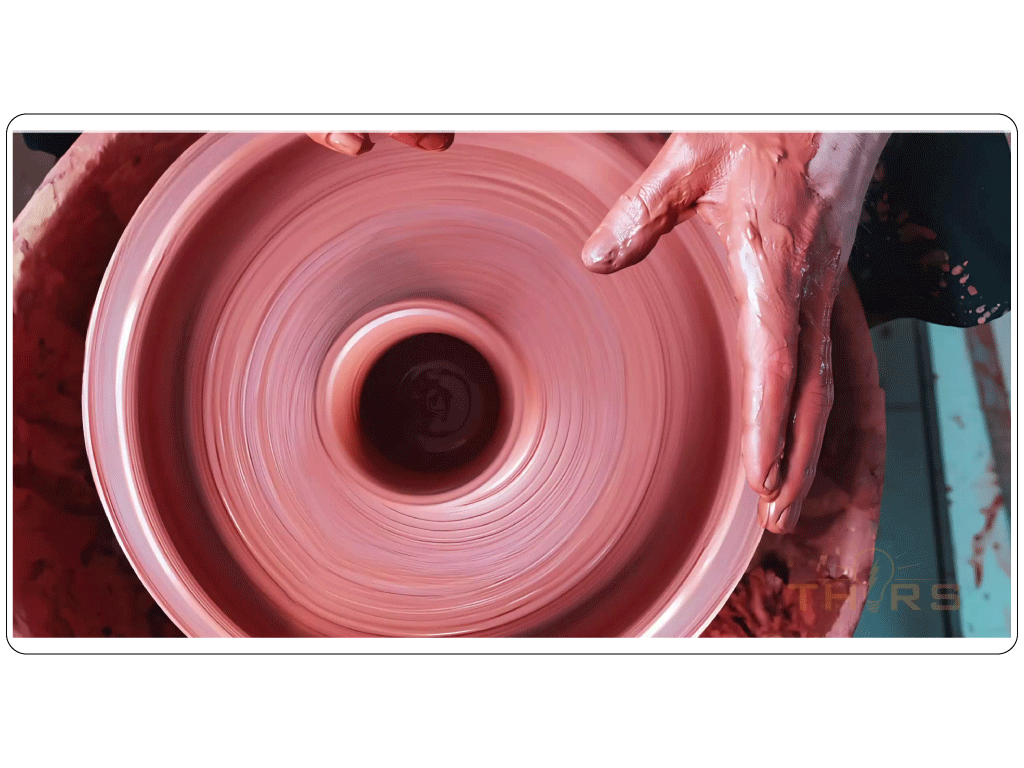
How AI is Shaping the Future of Ceramics?
The potential of AI in ceramics to support the design process is among its most intriguing features. In order to propose creative ideas, AI algorithms can examine past trends, consumer preferences, and new developments.
Beyond design, AI is becoming increasingly important in the ceramics manufacturing process. From selecting the correct clay composition to firing temperatures, ceramics involve sophisticated processes. These processes can be optimized by AI, ensuring consistency and quality across batches.
Consider a ceramic studio where AI-powered robots perfectly shape and mold clay, adhering to the potter’s vision with mathematical precision. Not only does this eliminate human mistakes, but it also enables the duplication of sophisticated designs at scale.
The Rise of AI in Ceramics
AI integration does not end with the design and manufacturing stages. Smart ceramics are intelligent materials, which can respond to external stimuli. These ceramics, which are embedded with sensors and actuators, represent a new frontier. Consider a ceramic vase that changes color in reaction to ambient light, or a ceramic wall panel that adjusts its texture dynamically in response to environmental variables. AI in ceramics is ushering in a new era of responsive and dynamic art.
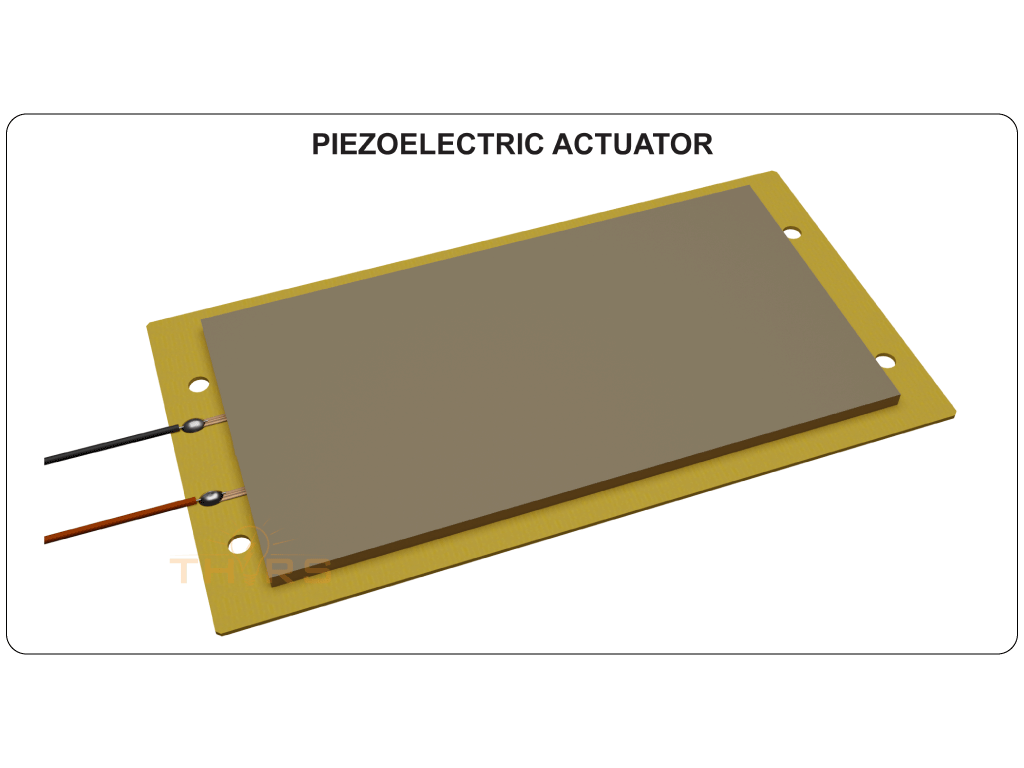
Overcoming Challenges and Embracing the Future
- Challenges: Of course, incorporating AI into ceramics is not without obstacles. Concerns have been raised regarding the loss of the personal touch, which is the soul of handmade ceramics. Finding the correct mix of automation and craftsmanship is a delicate ballet that artists, technologists, and consumers must all perform together.
- Embracing Change: However, like with any technical progression, the goal is to embrace change while retaining the spirit of the art form. By automating tedious chores, AI allows artists to focus on the components that make their creations genuinely unique: the personal touch, the creative spark, and the human connection.
- Sustainability and efficiency: AI is not only transforming the creative aspects of ceramics, but it is also addressing practical challenges. AI contributes to a more sustainable future for ceramic manufacturing by optimizing production processes, reducing waste, and identifying eco-friendly materials.
Are you intrigued by the potential of AI in traditional crafts? Want to delve deeper into the world of ceramics and understand its fundamentals? Visit THORS.com to explore our comprehensive course on Ceramic Basics. Here, you’ll gain insights not only into the traditional aspects of ceramics but also how modern advancements are setting the stage for a revolutionary future in this field. Join us on this journey where the past and the future coalesce, crafting tomorrow with the tools of today.
Discover the future of ceramics at THORS.com – where tradition meets technology.
